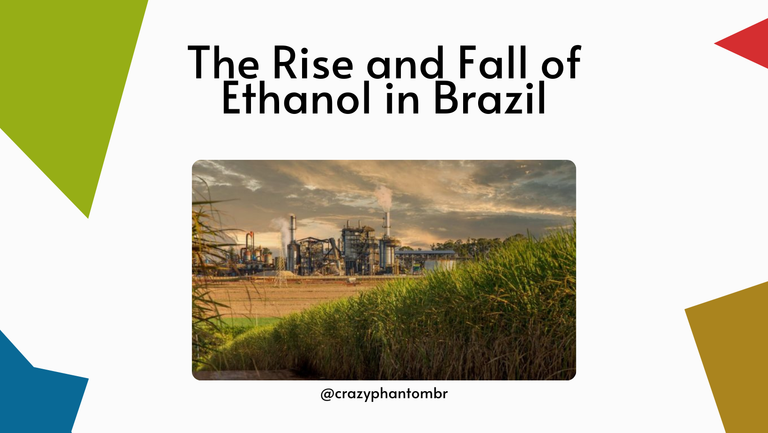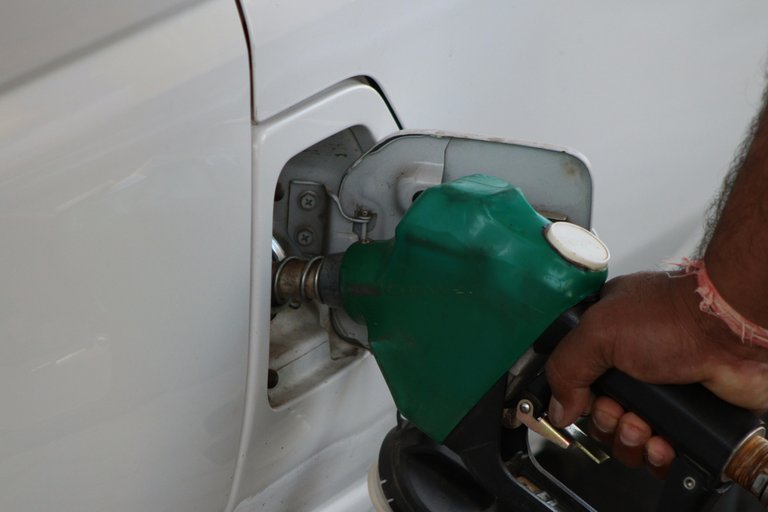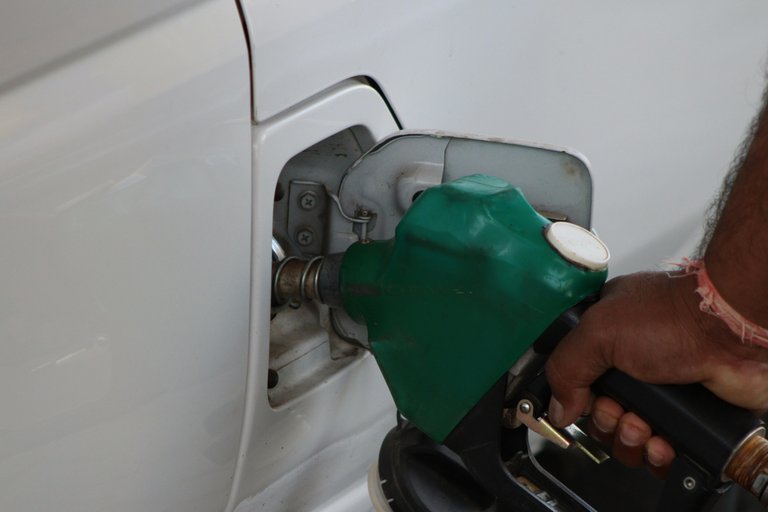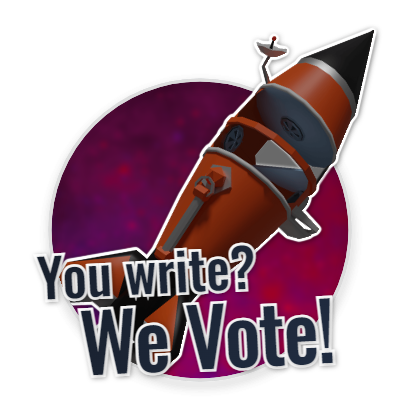
To my everlasting friends in the HiveLearners community, my warmest regards!
Nowadays, we are all concerned about the direction the planet is taking. The whole issue of pollution and the way we are (not) dealing with global warming, the predatory advance of extractive practices, all closely interconnected with economic practices that everyone here is able to see.
After all, we are also here for financial reasons, aren't we?
Come with me!

Brazil has a state-owned company called Petrobras, where the main shareholder is still the federal government. This is because some of the company's shares are privately held and its management may eventually fall into the hands of the financial market.
This company is a reference in oil extraction and has supplied the domestic market, having reached the incredible mark of self-sufficiency in oil extraction at some point in recent years. This means that we are able to extract from Brazilian soil the amount necessary to supply the country. But it does not mean that we are able to refine this material, since we continue to depend on some external country to send us refined fuel, while we sell part of the crude oil.
Fuel available in abundance!
This was not always the case, especially for those who lived through the 1980s.
A little earlier, in the 1970s, Brazil experienced the oil crisis, when import prices were very high and were weighing on public finances. Thinking about minimizing the economic effects, the federal government launched the Proalcool program, to encourage the development of ethanol as an alternative fuel for combustion engines, as Brasil Escola states:
In this sense, in 1975, Proálcool was created, offering several tax incentives and bank loans with interest below the market rate to sugarcane producers and to automobile industries that developed alcohol-powered cars.
As far as I can remember, the first car powered solely by alcohol was the Fiat 147, in 1980. But in 1985 the price of international oil began to fall, leading Brazilians to experience the terrible dilemma of a lack of fuel. Yes, there was a shortage of alcohol in Brazil.
This is because the refineries, powered by sugar cane, preferred to change their production and export their own sugar, leaving the domestic market with a shortage. And that's how alcohol became an expensive and scarce fuel, with its competitor right at the pump next door (gasoline) at a lower price and available!
 Is ethanol a green fuel? / Pexel
Is ethanol a green fuel? / Pexel
The fuel sector is weakened and shrinks, with the population returning to gasoline engines. Those who cannot change their cars remain hostage to the high prices until the new inversion that would occur years later.
Another twist happened in mid-2003 when the first hybrid car was launched, capable of running on both gasoline and alcohol, the Wolkswagen Gol. At that time, we were already using the word ethanol, perhaps to avoid the association with the trauma caused by Pró Álcool.
And since then, the Brazilian fleet has been predominantly made up of flex cars, which is what we call bi-fuel vehicles.
What do you think?


Aos meu sempre amigos da comunidade HiveLearners, minhas melhores saudações!
Hoje em dia todos estamos preocupados com os rumos que o planeta está tomando. Toda a questão de poluição e a forma como estamos (não) lidando com o aquecimento global, o avanço predatório de práticas extrativistas, tudo intimamente interligado com práticas econômicas que todos aqui são capazes de ver.
Afinal, estamos aqui também por questões financeiras, não é verdade?
Vem comigo!

O Brasil possui uma empresa estatal chamada Petrobras, onde o principal acionista ainda é o governo federal. Isso porque algumas ações da empresa estão em poder privado e eventualmente ela pode ter sua gerência nas mãos do mercado financeiro.
Essa empresa é referência em extração de petróleo e tem abastecido o mercado interno, tendo alcançado a incrível marca de autosuficiência em extração de petróleo, em algum momento nos últimos anos. Isso significa que conseguimos extrair de solo brasileiro a quantidade necessária para abastecer o país. Mas não significa que conseguimos refinar esse material, sendo que continuamos dependentes de algum país externo que nos envie combustível refinado, ao passo que vendemos parte de petróleo bruto.
Combustível disponível em fartura!
Isso nem sempre foi assim, principalmente para quem viveu na década de 80.
Um pouco antes, nos anos 70, o Brasil vivenciou a crise do petróleo, quando o preço de importação era muito alto e estava pesando as contas públicas. Pensando em minimizar os efeitos econômicos, o governo federal lançou o programa Proalcool, de incentivo ao desenvolvimento do Etanol como combustível alternativo para os motores à combustão, como nos afirma Brasil Escola:
Nesse sentido, em 1975, foi criado o Proálcool, sendo oferecidos vários incentivos fiscais e empréstimos bancários com juros abaixo da taxa de mercado para os produtores de cana-de-açúcar e para as indústrias automobilísticas que desenvolvessem carros movidos a álcool.
Pelo que me lembro, o primeiro carro movido unicamente a álcool foi o Fiat 147, em 1980. Mas em 1985 o preço do petróleo internacional começa a decair, levando os brasileiros a viver o dilema terrível da falta de combustível. Sim, faltou álcool no Brasil.
Isso porque as refinarias, movidas por cana de açúcar, preferiram mudar sua produção e exportar o próprio açúcar, deixando o mercado interno desabastecido. E foi assim que o álcool virou um combustível caro e escasso, tendo seu concorrente logo na bomba ao lado (gasolina) com uma valor mais baixo e disponível!
 Etanol é o combustível verde? / Pexel
Etanol é o combustível verde? / Pexel
O setor de combustível fica fragilizado e retrai, com a população voltando aos motores à gasolina. Quem não pode trocar de carro permaneceu refém da alta dos preços até a nova inversão que viria a ocorrer anos depois.
Mais uma reviravolta acontece em meados de 2003 quando é lançado o primeiro carro híbrido, capaz de funcionar tanto à gasolina como à álcool, que foi o Wolkswagen Gol. Neste tempo já usávamos a palavras etanol, talvez para evitar a associação com o trauma causado pelo Pró Álcool.
E desde então a frota brasileira é predominantemente de carros flex que é como chamamos os veículos bi-combustíveis.
E você o que acha?


Posted Using INLEO










